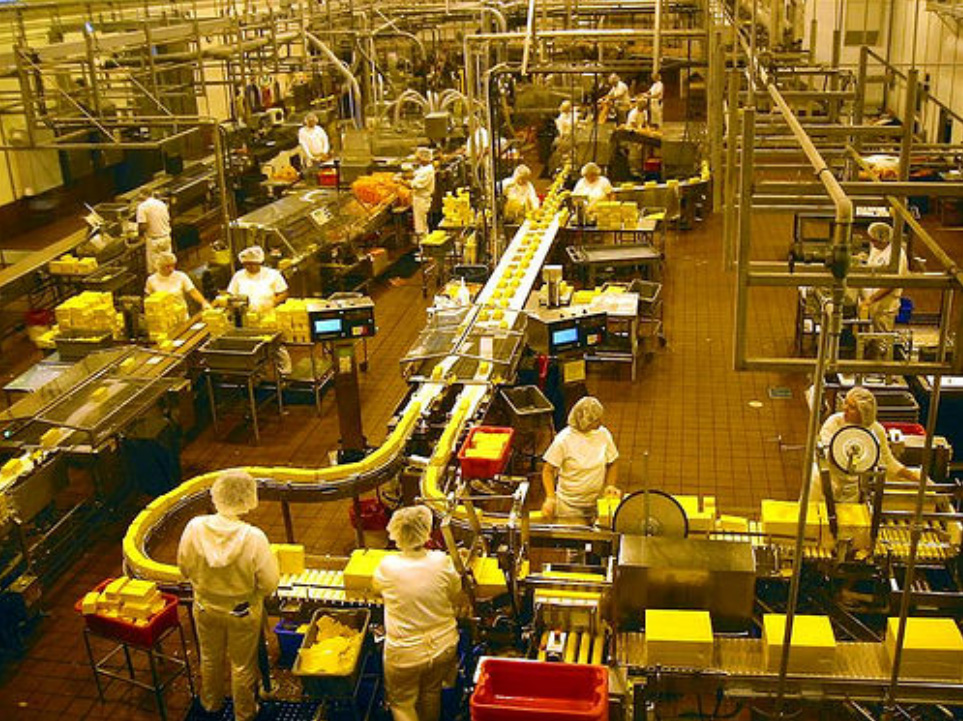
A factory in the Philippines (INQUIRER FILE PHOTO)
MANILA -Philippine manufacturers capped 2023 with a slow output growth amid weak demand from markets abroad, which prompted factories to continue cutting jobs at a faster rate.
The Philippines’ Purchasing Managers’ Index (PMI), a measure of the manufacturing sector’s health, fell to 51.5 in December, from November’s nine-month high of 52.7, S&P Global said in a report released on Tuesday. The data was based on the results of a survey of 400 factories.
Although the latest reading stayed above the 50-benchmark separating growth from contraction, the December PMI was the weakest in three months. The Philippines also posted the slowest PMI growth among the three Southeast Asian countries that managed to squeeze out PMI expansion despite a broader regional slowdown.
Companies polled said strong domestic appetite for Filipino products was still there amid the typical surge in demand during the holiday season. This prompted manufacturers to buy more production requirements to meet the demand.
That offered hopeful news to a government that is aiming to power up the consumption-driven economy by 7.2 percent in the fourth quarter in order to hit at least the low-end of its 6 to 7 percent annual growth target in 2023.
READ: Local factories buck regional slump, on 2-mo growth streak
But it was a different story overseas after firms reported that export sales crashed for the first time in three months.
“It sort of canceled each other out, resulting to a lower reading but still above the expansive 50 mark,” said Ruben Carlo Asuncion, chief economist at UnionBank of the Philippines.
More job cuts
While the December PMI was nevertheless “solid,” S&P said the most concerning streak of data that came out from its new report was the faster job shedding.
Factories said the decline in new orders further cleared their work backlogs for the sixth straight month, convincing them to continue reducing their staffing levels for the second consecutive month.
“Evidence of spare capacity and a cooldown in new order growth prompted redundancies,” Maryam Baluch, economist at S&P Global Market Intelligence, said.
READ: Factory output hits 10-month high but job cuts continue
Moving forward, Baluch said sluggish orders growth from overseas markets and high borrowing costs meant to tame demand-side inflationary pressures “will act as headwinds” in 2024.
That said, inflationary pressures are expected to pose less of a threat than seen at the start of 2023, despite gaining pace during December, Baluch explained. Survey data showed factories raised their selling prices last month due to more expensive fuel as well as rising material and shipping costs.
Despite the challenges, S&P reported that business confidence ticked up to its highest level since August amid “hopes of improving demand conditions and plans for increased marketing campaigns” to attract more clients. INQ

